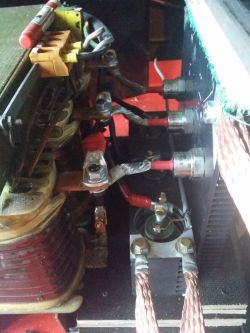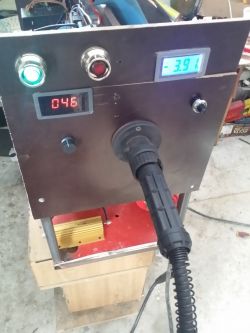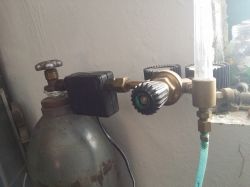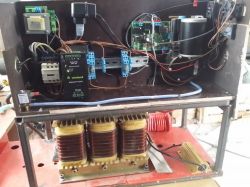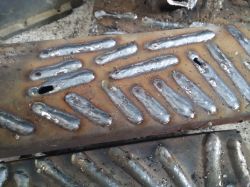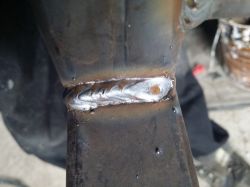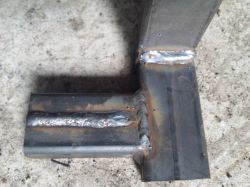

Czy wolisz polską wersję strony elektroda?
Nie, dziękuję Przekieruj mnie tamnapoleon215 wrote:The question is whether it will be suitable and what welding current will I get the maximum from it?
Kraniec_Internetów wrote:The voltage of a single winding is a bit low, but if you connect them in series (with one winding in out-of-phase), you would create a 3x230V / 1x70V transformer. So almost perfect for welding. The current comes out 53A. The construction of the welding transformer is slightly different, that during welding the voltage drops to about 30V and the current increases a lot. Unfortunately, this transformer is almost certainly not adapted to such work. Not suitable for a welding machine in my opinion, but you can try. In the secondary winding you would have to connect a suitable coil limiting the current and making it difficult to extinguish the arc.
napoleon215 wrote:The question is whether it will be suitable and what welding current will I get the maximum from it?
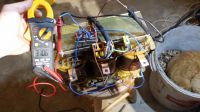


arekd555 wrote:Even this voltage drop will not hurt when welding with 1.2 mm wire.
Quote:
The choke does not have to be with taps and is much smaller than in a single-phase semi-controlled bridge.
